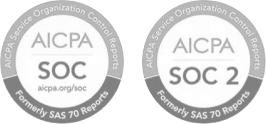HR Reporting
Article Navigation
HR Reporting refers to the systematic collection, analysis, and presentation of workforce-related data that allows organizations to monitor human resource functions and workforce trends. Through structured reporting, organizations gain visibility into the health of their workforce, measure operational effectiveness, and support evidence-based decision-making across multiple HR domains.
Purpose and Importance
At its core, HR reporting transforms vast amounts of employee data into organized reports that can be used to evaluate both current and emerging patterns.
Key Components of HR Reporting
- Recruitment Metrics: (e.g., time-to-fill, cost-per-hire, candidate sources)
- Turnover and Retention Analysis
- Workforce Demographics and Diversity Statistics
- Compensation and Benefit Utilization Data
- Absenteeism and Leave Management Trends
- Training and Skill Development Participation
- Compliance and Regulatory Reporting Requirements
- Employee Satisfaction and Engagement Insights
Strategic Benefits
Effective HR reporting enables leaders to track workforce performance in real-time, identify areas requiring intervention, and align HR strategies with business objectives. Reports can be customized for different stakeholders, from executive leadership requiring strategic overviews, to operational managers needing granular department-level metrics.
Modern Trends in HR Reporting
Modern HR reporting increasingly relies on integrated digital platforms that automate data collection and analysis, offering dynamic dashboards that provide real-time updates and predictive forecasting capabilities. By leveraging these reports, organizations can proactively address workforce challenges, optimize resource allocation, and support long-term organizational growth.































 Back
Back